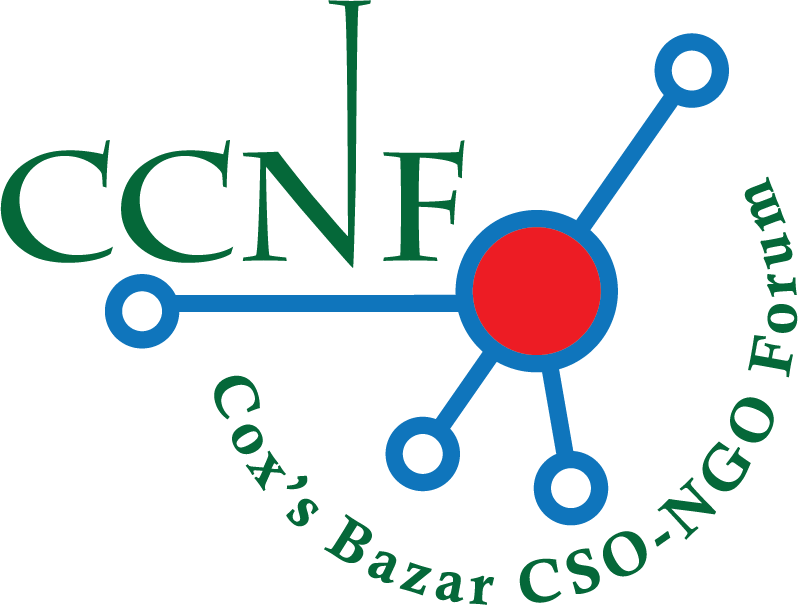Sharing similar objectives and collaborating in the same delivery chains requires common risk management approaches
Humanitarian action is primarily intended ‘to save lives, alleviate suffering and maintain human dignity during and in the aftermath of crises.’1 However, when looking at the contexts where the 274m people most urgently in need of assistance are located2, it becomes clear that providing this assistance is an inherently risky undertaking. Delivering humanitarian programmes therefore requires humanitarian actors to consider how best to balance the desire to achieve their objective of providing this support, with the various risks that pursuing their objective entails. Increasingly over the last decade, humanitarian actors have borrowed risk management approaches from the private sector that have helped them identify the inherent risks to their work. Humanitarian actors have similarly copied ways for framing their response to those risks, deploying response strategies for transferring, avoiding and reducing risk and accepting or (less frequently) sharing identified risks. This in turn allows the humanitarian actor to evaluate whether the risk that is left – what is described as residual risk – is of a level that they can tolerate and hence accept, allowing them to proceed with their work. [Click here for details report]

